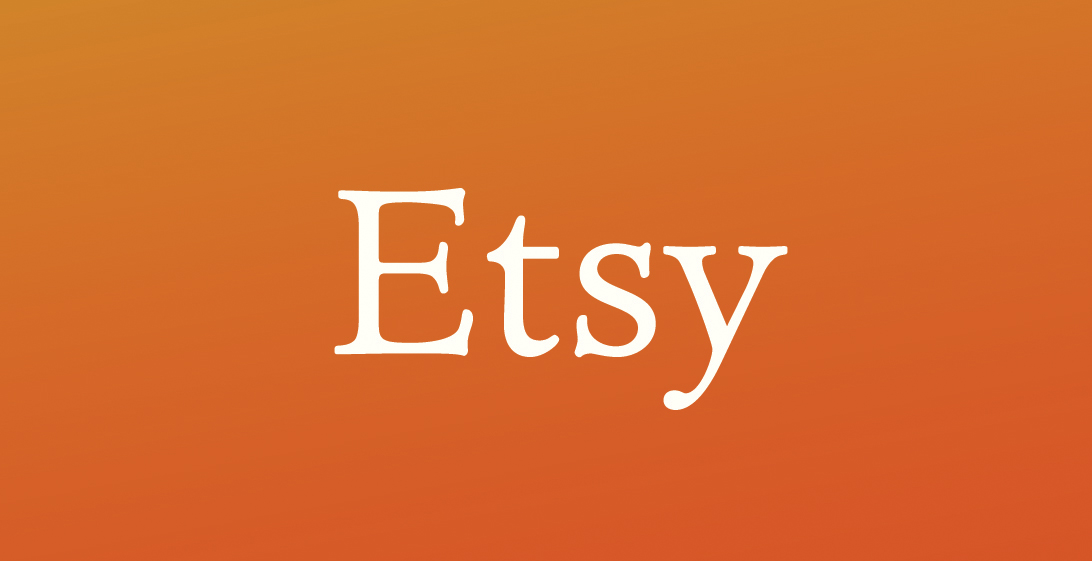By Daniel Grant
For many artists, selling art is an improvisational affair, trying things out to see what works. How about taking a shot at showing at a commercial gallery, an arts fair, a sidewalk show, a pop-up gallery, an open studio event, or showing your artwork at a café, bookshop, winery, or bank? There is something to learn from every success, such as do it again and go bigger, and every failure — wrong venue, wrong date, wrong clientele, wrong prices, wrong colors, or wrong art.
Try promotional sales
Erin Ashley, an artist in Boca Raton, Florida, who creates moderately priced ($300-$6,000) abstract paintings, has done a lot of the standard things that artists do – exhibiting in galleries here and there, as well as soliciting commissions from private buyers and corporate clients. But, from time to time she also ventures a bit outside of the norm, holding what might be considered online open studio events. Her emailed announcements and promotions on social media and other websites resemble those of Bed, Bath & Beyond, My Pillow, and other retailers, with sales like “Take 25 percent off on all original art,” “Offer ends midnight Sunday,” “Enter Promo Code: VIPSALE,” and she usually sells between two and eight paintings in these time-limited offerings — generally in the $600-700 price range.
“Time-limiting the sale is a good idea,” she said. “In some ways, it does force the buyer to make a faster decision on their purchase.” Lowering the price by a quarter also acts to spur sales, since “everyone wants to feel like they are getting a special price.” These sales take place three times per year, with April/May and November/December being the most successful. Summer events are the most challenging, since many prospective buyers are away on vacation, and even if sales are limited, Ashley says they “remind clients of your work and make them have a look at your site once again.” She added that “you don’t want to have them so frequently that you come across as some bargain commercial artist.”
Promote art sales through emails
Certainly, many artists hold open studio events from time to time, and probably the same times of the year as Ashley. For these events, she sends out approximately 600 email invitations. However, her studio is in her home, where she is raising two minor children. Opening up her home to visitors makes her feel uneasy, and she wonders how she could make her kids “disappear” for all that time? The online realm offers a solution for this, as does the example of retailers that hold short-term sales with their promo codes.
Lacking, of course, is the personal connection of the open studio – the face-to-face chatting, the behind-the-scenes look at how an artist works, or the anecdote that visitors are apt to be told in-person rather than read online, that may turn an investment of time into one of money. Perhaps the most important element to making Ashley’s event a success is her email communications.
She uses MailChimp, one of the top brands of email tracking programs, which counts and identifies the recipients who opened the email and downloaded her message, rather than just hit the “delete” button, as well as how many recipients clicked on the link to her website where they could see more of her artwork. This enables her to know which of the people receiving her announcement are showing real interest and helps determine who might get more targeted offerings at another time. MailChimp, Constant Contact, and other email marketing services do not, however, provide information on how long someone who clicks onto one’s website stays there or what they look at on the site.
Other programs, such as Google Analytics, analytics.google.com, help with that. The cost of MailChimp ranges from free to $199 per month, although most subscribers go with the $10 per-month plan, based on the tools they seek for their online marketing. For most small businesses and makers, MailChimp can be free because it’s free up to 2,000 email addresses.
Email, which has been available for a quarter century, may strike some as old school, replaced as a form of communication by the seemingly more direct social media, such as Facebook, Instagram, Twitter, and text messaging, but Ken Mahar, chief executive officer of Email Broadcast, a West Coast design and marketing firm that focuses solely on email campaigns, noted that “emails are 40 times more likely to lead to a customer than social media. The cool kids are on social media, but they look at social media for entertainment. People look to emails for information that they can absorb.”
Why using tools equates to results
Email Broadcast, and other firms like it, work with individuals and with larger companies to craft marketing campaigns that determine how often email announcements should be sent out, the content and design of the messages, and who on an email address database should receive specific messages.
That last area is referred to as “segmented campaigns,” in which recipients are sent different announcements based on what is known about them. MailChimp provides some information to subscribers, but it may take more experienced marketers to turn what one knows about the people on a database into an actionable plan.
“Say, one-third of the people on an email list have bought your work, but two-thirds haven’t,” he said. “Why message all those people the same?” He added that other ways of segmenting one’s database may be based on location, gender, or the price levels at which they have made purchases in the past.
The cost of exotic Email Broadcast’s services ranges from $500 per month to $10,000, but Mahar said that clients “should earn three times what they’re paying us.” The automated tools provided by MailChimp and others like them make it possible for subscribers to save some time. However, he said, email marketing “is really hard to do effectively, and the likelihood of an accomplished artist being a professional designer, copywriter, developer, manager, and strategist is very low. Bottom line, use Mailchimp, save a little time, get a little bump in results, hire an expert to use Mailchimp for you, save a ton of time, and get big time results.”






